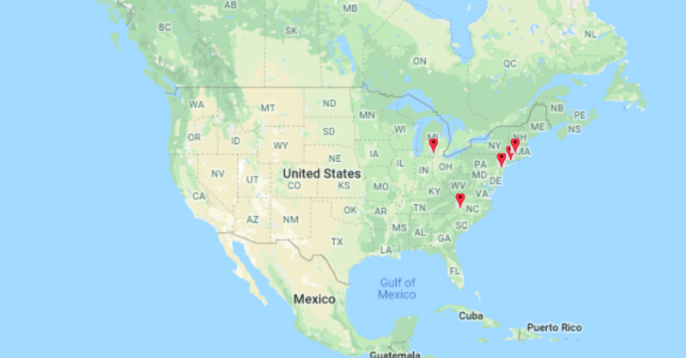EEE disease reappears, takes second life in Connecticut
NORTHERN TENDENCIES: According to CNN, in 2019, there have been cases of EEE in Massachusetts, Connecticut, New Jersey, North Carolina, Rhode Island and Michigan. Massachusetts had the highest number of cases, 10, and North Carolina had the lowest, one. There have been fatal cases in every state except for North Carolina and New Jersey.
Eastern Equine Encephalitis (EEE), a disease transmitted by mosquitoes, has taken the life of an unnamed resident of Old Lyme, Connecticut, the office of governor Ned Lamont confirmed on Sept. 24.
The patient was hospitalized in the middle of September and was said to be of elderly age.
This death marks the second fatality in Connecticut linked to EEE since 2013. The first victim, East Lyme resident Patricia Shaw, died at age 77.
“It’s scary to think about how all of a sudden people are dying from these insects that have been around forever,” Hannah Sharkey ’22 said., “I’m wondering what it will take to get rid of the mosquitoes carrying this disease and how people can prevent being bitten.”
EEE is caused by a certain virus that results in inflammation of the brain. The disease spreads through the bite of a mosquito and symptoms tend to appear around four to 10 days after the bite. According to the Center for Disease Control and Prevention, symptoms can include fever, restlessness, convulsions, coma or in some cases no symptoms at all.
Although there is no cure, doctors can provide supportive treatment such as working to lower the patient’s fever or easing pressure on the patient’s brain and spinal cord, as stated by Connecticut’s official state website.
However, there are ways to significantly reduce the risk of getting infected.
“Use insect repellent, wear long sleeve shirts and pants, and remove any objects that can collect water from your property,” Anna Fitzpatric, Staples school nurse, said. Additional precautions can be taken, such as limiting outside time from dusk until dawn.
“When in areas where there have already been a lot of cases,” Sandra Resnick, Staples school nurse, said, “just make sure to be careful and there’s no reason to be afraid.”



















































Jack Dennison • Oct 16, 2019 at 9:11 am
EEE